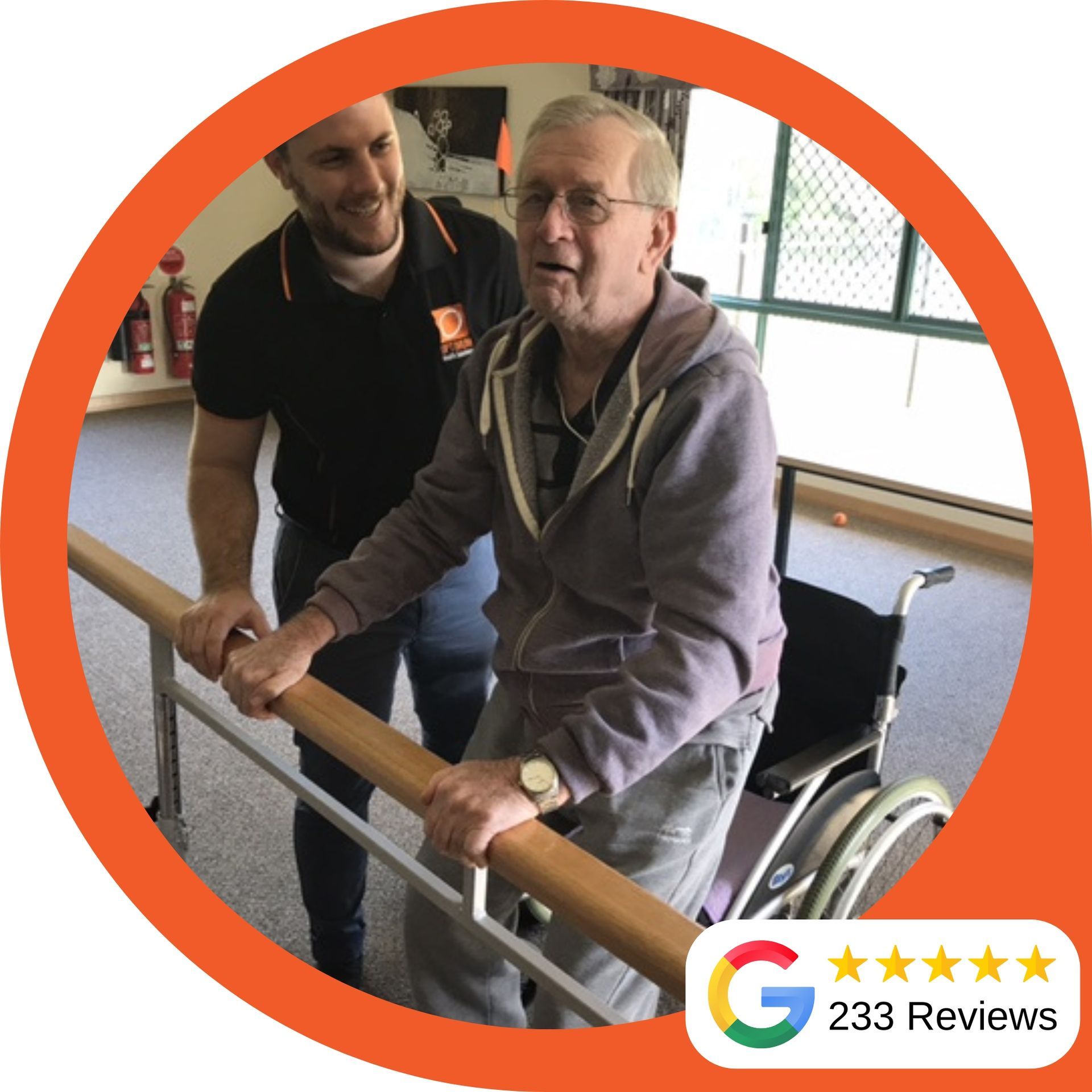Low Back Pain Myths BUSTED
3 Common Lower Back Pain Myths BUSTED!
Low back pain is one of the most common musculoskeletal conditions in the world. Over 80% of the population will succumb to an episode of low back pain in their life! Below, we will answer some of the common questions that are associated with low back pain.
1. Do I need an MRI to diagnose my low back pain?
Typically, Physiotherapists can determine the need for an MRI or any other imaging through a thorough physical assessment and medical history. Scans can often show abnormalities that are in no way related to a patient’s condition or symptoms. Most episodes of low back pain are as a result of a movement dysfunction. As such, a still image such as an MRI, CT or XRAY don’t always provide the full picture of the patient’s condition. Physiotherapists will normally only refer for imaging if they are not progressing as anticipated.
2. Do I need to rest to let my back recover and get better?
Short answer, No! While it is important to not aggravate your injury, staying active and specific types of back movements will actually help you pain and recovery – this is where your Physiotherapist comes into it! We need to find the gentle balance between recovery and not re-aggravating the injury.
3. Do I need to stretch more to reduce my back pain?
Often, weak and tight muscles play a significant part of low back pain. However, this is not the case for everyone and there are instances where stretching may have an adverse effect on your low back symptoms. Stretching muscles around your back and hips can de-load your back and reduce pain, but doing the wrong stretch or holding it for the wrong amount of time can be detrimental to your recovery and actually cause more pain. Seek guidance from your Physiotherapist regarding exactly what stretches you should be doing.



